Renovating a house involves budget planning, securing permits, and making structural updates for safety. Focus on necessary renovations, interior updates, and energy-efficient technology. Enhance exterior appeal and prepare for resale or occupancy, ensuring compliance with local standards.
If you want to learn more about how to renovate a house, from planning to wrapping up, read our guide below.
#1: Planning Your Renovation
Effective planning can make your home renovation smoother. It helps you stick to your budget, make smart design choices, and focus on the most impactful projects.
Setting a Practical Budget
Begin your renovation by establishing a detailed budget. List all expected costs, including materials and labor.
Using a budget spreadsheet can help you track expenses and stay on top of your finances. It’s also smart to set aside a contingency fund—about 10-20% of your total budget—to cover any unexpected costs.
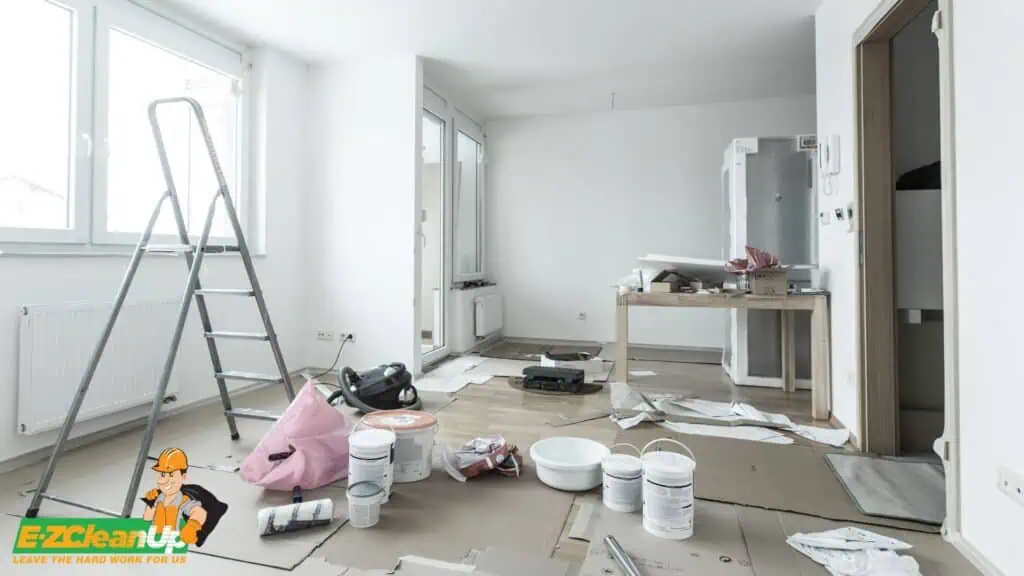
Design and Layout Strategy
Focus on both the functionality and look of your home. Evaluate your space to identify which areas need the most attention. Start with changes that improve usability, like reconfiguring a cramped kitchen or bathroom.
After which, you can consider aesthetic enhancements. Effective design should meet your everyday needs and enhance your living space.
Choosing Which Areas to Renovate First
Prioritize renovations based on their necessity and potential impact. Address critical issues like a leaking roof or outdated electrical systems first for safety and functionality.
Once these are handled, you can move on to projects that might increase your property’s value. These may include updating the kitchen or bathrooms.
#2: Legal and Regulatory Compliance
Understanding the legalities can help you ensure that your home renovation is compliant and avoids future issues.
Securing the Right Permits
It’s important to obtain the necessary permits before starting your renovation. These permits confirm that your project meets local building codes and safety standards. Depending on your project’s scope, you may need various permits, from structural changes to electrical updates.
Skipping this step can result in fines or mandatory redoing of work. Start by learning about your local requirements and consulting professionals who understand these rules.
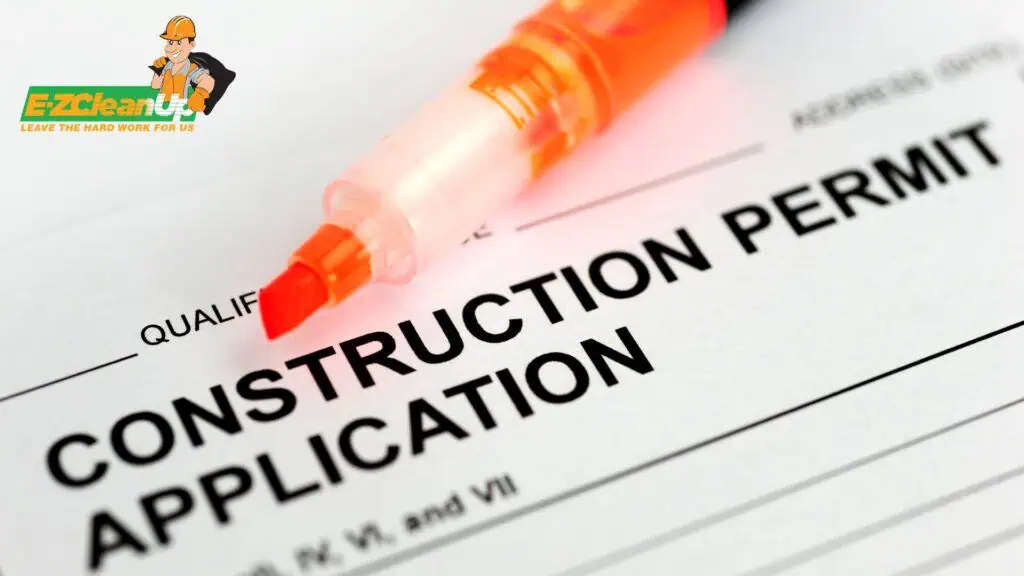
Understanding Local Zoning Laws
Zoning laws determine what you can and cannot do with your property. These regulations might restrict building sizes or types of allowable renovations. Check these laws in advance to avoid issues.
If your plans don’t comply, you may need to seek special permissions or variances through your local zoning board, which usually requires submitting detailed plans and justifications.
Hiring Qualified Contractors
Choosing certified contractors is important for a compliant and high-quality renovation. These professionals are familiar with local regulations and can often handle permit applications for you.
Working with certified contractors minimizes the risk of legal problems and makes sure that the renovation meets all local standards. Using uncertified contractors can lead to liability issues if the renovation does not comply with regulations.
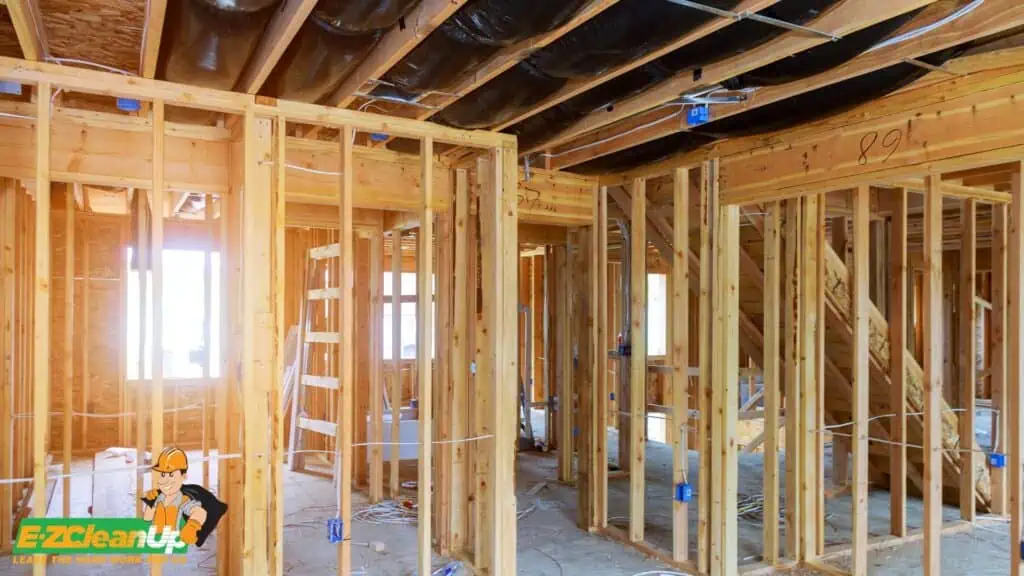
#3: Structural Renovations
Focusing on specific areas during structural renovations enhances your home’s safety, functionality, and comfort. It aligns your home with modern standards and your lifestyle needs.
Checking Structural Soundness
Begin renovations by examining your home’s foundation and load-bearing structures to ensure they are solid and durable. Check for signs like cracks, unevenness, or settling in the foundation, as these may indicate deeper issues.
Also, inspect walls, ceilings, and floors for cracks, water stains, or sagging, which can point to necessary repairs or reinforcements for stability and safety.

Updating Electrical and Plumbing
Modernizing electrical and plumbing systems is crucial. Outdated systems can pose safety risks and may not meet current standards. Ensure your wiring and plumbing can handle today’s needs.
Replace old pipes with corrosion-resistant materials like PVC or PEX, and update your electrical system to include safety features like ground-fault circuit interrupters (GFCIs) to reduce electrical hazards.
Improving Insulation and Ventilation
Proper insulation and ventilation are essential for energy efficiency and maintaining good indoor air quality. Check and upgrade insulation in key areas such as the attic and walls to enhance thermal performance.
Improve ventilation, especially in moisture-prone areas like bathrooms and kitchens, to prevent mold and enhance air quality. Consider advanced ventilation systems for a more comfortable and healthy indoor environment.
#4: Interior Renovations
Effective interior renovations balance functionality, maintenance, and aesthetic value across your home.
Selecting Suitable Materials
Choosing the right materials and finishes is vital for both functionality and style. In high-traffic areas like kitchens and living rooms, go for durable and attractive materials. Aim for a consistent look throughout your home to maintain cohesion.
Consider the maintenance needs of different materials—while natural stone adds luxury, it requires regular sealing. Synthetic materials like laminate provide a cost-effective, stylish alternative with less upkeep.
Planning for waste management is also crucial. Knowing the appropriate dumpster sizes for disposing of old materials can streamline your renovation process.
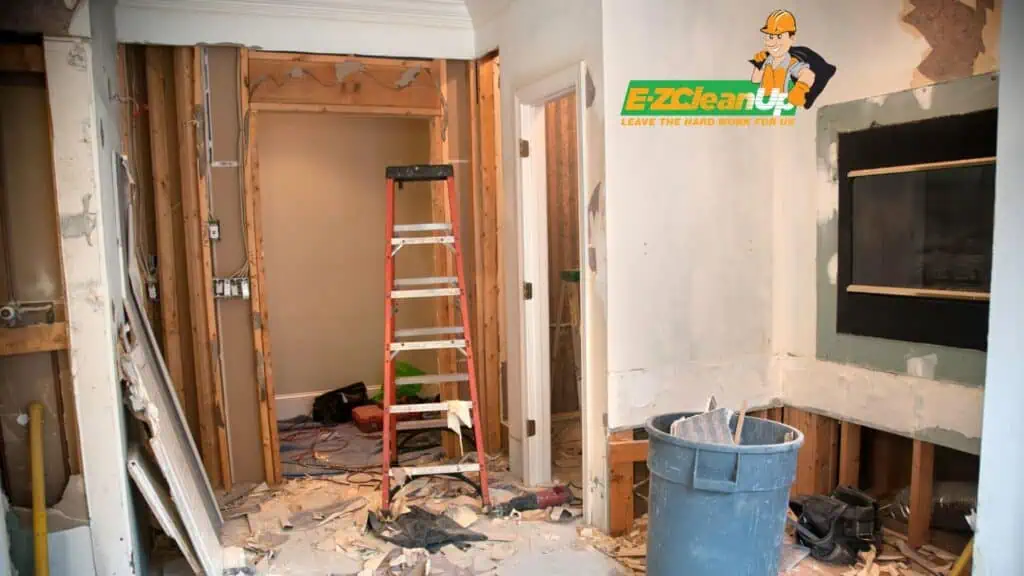
Revamping Kitchens and Bathrooms
Kitchens and bathrooms are key spaces that often need updates to improve their function and style. In kitchens, materials like high-quality tiles or engineered wood are ideal as they handle humidity and temperature changes well.
In bathrooms, choose water-resistant materials. These include porcelain tiles or vinyl that are both durable and stylish while also being easy to maintain.
Choosing the Right Flooring
Flooring choices vary widely to suit different needs and tastes. Hardwood floors are timeless but need more care and are vulnerable to moisture. Laminate and luxury vinyl tiles offer a hardwood appearance but are more durable and moisture-resistant. This makes them ideal for kitchens and bathrooms.
Alternatively, natural stone or ceramic tiles are great for areas needing water resistance and easy maintenance. Each type of flooring has its advantages and disadvantages, depending on the room’s function and your style preference.
#5: Technology and Efficiency
Upgrading to more efficient technologies can make your home more sustainable, cost-effective, and appealing. They improve comfort, reduce environmental impact, and offer financial benefits.
Implementing Smart Home Technology
Smart home technologies like smart thermostats, lighting, and energy management systems help you control and optimize energy use. This leads to cost savings and a lesser environmental impact.
These systems automate tasks and provide insights into your energy habits. They enable further efficiency improvements.
Adding Energy-Efficient Features
Investing in energy-efficient windows and appliances significantly cuts energy use and boosts home comfort. ENERGY STAR-certified windows help keep your home’s temperature steady by reducing heat loss in winter and heat gain in summer.
Up-to-date appliances that meet ENERGY STAR standards use less electricity and water. They help by lowering your bills and environmental footprint.
Considering Solar Panels
Solar panels offer a reliable way to cut your reliance on grid power and lower your energy costs. When considering solar, evaluate your home’s location, roof orientation, and shading.
Financial incentives like tax credits may also help reduce the costs of solar panels. These make them an even more viable option. Options such as buying, leasing, or power purchase agreements can provide flexibility in adopting solar energy.
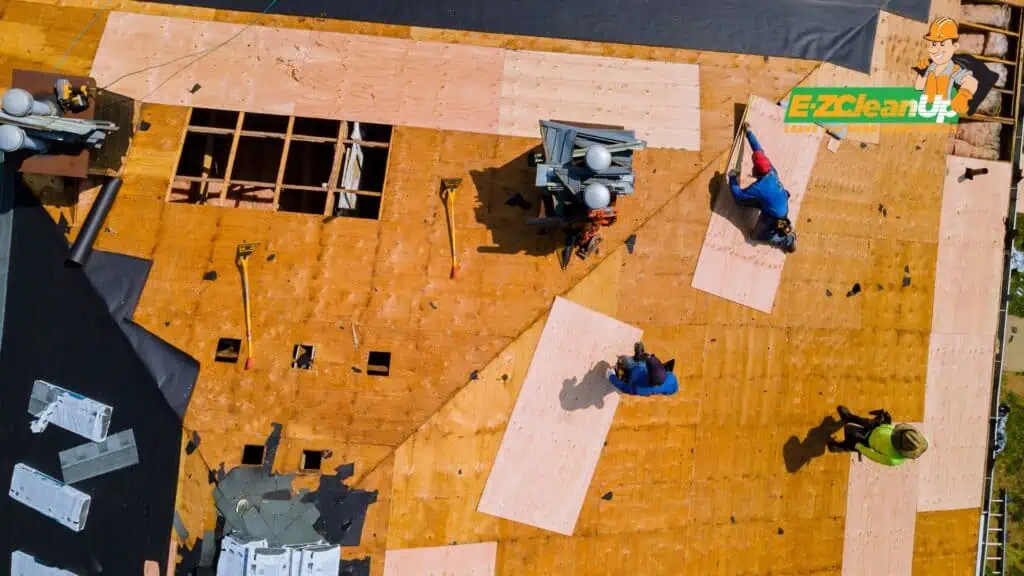
#6: Exterior Renovations
Enhancing your home’s exterior not only increases enjoyment but is also a smart financial decision, often leading to a significant return on investment when selling.
Updating Roofing and Siding
Renewing your home’s roofing and siding is important to improving its curb appeal and market value. Choosing durable materials like vinyl siding refreshes the look while improving insulation and potentially boosting your home’s value.
A new roof enhances both aesthetics and functionality. It offers a great return on investment. Select materials that match your home’s style to enhance overall appeal and value.

Enhancing Landscaping
Effective landscaping can dramatically change your home’s external appearance and increase its market value. Incorporating native plants, decorative stones, and strategic lighting can uplift your home’s front view.
Simple actions like keeping the lawn tidy, planting colorful flowers, or updating outdoor lighting can significantly enhance curb appeal. Adding perennial plants ensures attractiveness year round. They make your home more inviting, which can increase its potential market value.
Creating Outdoor Living Areas
The trend for functional outdoor spaces is growing, with additions like decks, patios, and outdoor kitchens greatly increasing home value. These features extend your living space. They provide attractive areas for entertainment and relaxation.
Use durable materials and designs that match your home’s aesthetic to boost both comfort and property appeal. Well-designed outdoor living spaces can provide a substantial return on investment. It reflects the increased desire for integrated indoor-outdoor living.

#7: Final Stages
These final steps are essential to making sure your renovated home is visually appealing, safe, and prepared for its new occupants.
Completing Final Inspections
Final inspections are crucial to verifying that your home complies with all building and safety regulations. Inspectors will review every detail to ensure adherence to codes.
Prepare a checklist and promptly address any issues to prevent delays in getting occupancy approval.
Decorating Your Interior
With safety and compliance secured, you can start decorating the interior. This phase turns your house into a home. It reflects your personal style and comfort.
Choose colors, materials, and designs that look good and are also easy to maintain and meet your long-term needs.
Getting Ready for Resale or Move-In
If you’re planning to sell, make sure the home is attractive to buyers with high-quality finishes and functional design. If you’re moving in, personalize the space to suit your lifestyle.
Make sure all systems, like plumbing and electrical, are efficient and fully functional. Paying attention to these details helps prepare the home for its new occupants, whether they are buyers or yourself.
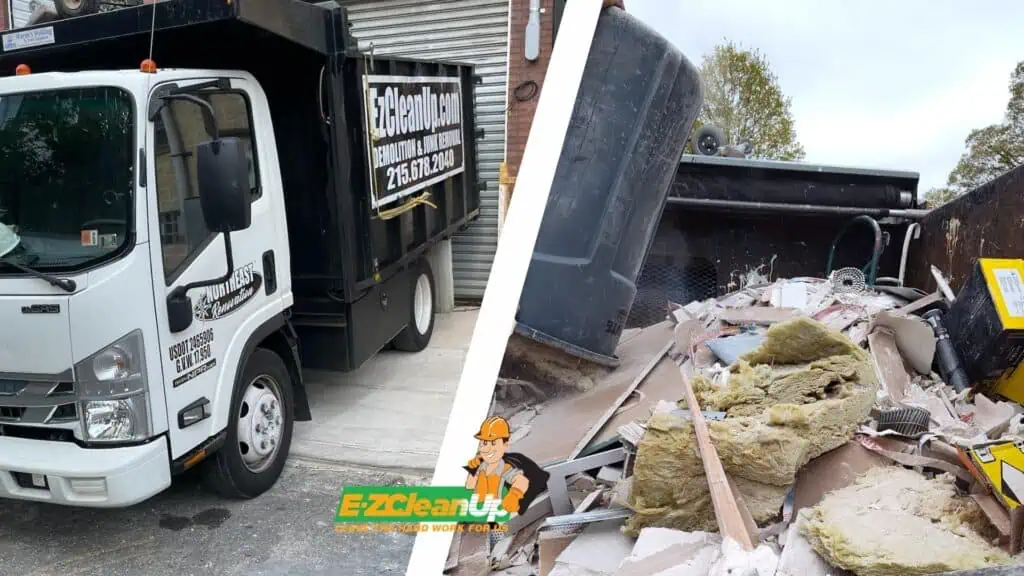
Effortless Debris Removal After Renovations
Renovating your home involves more than just aesthetic upgrades. It includes comprehensive planning and execution, which often result in high amounts of debris.
EZ CleanUp is your partner in managing this aftermath. We offer specialized services to haul away construction debris, from old fixtures to excess materials. Call us to book a hassle-free cleanup service.













